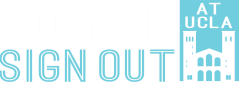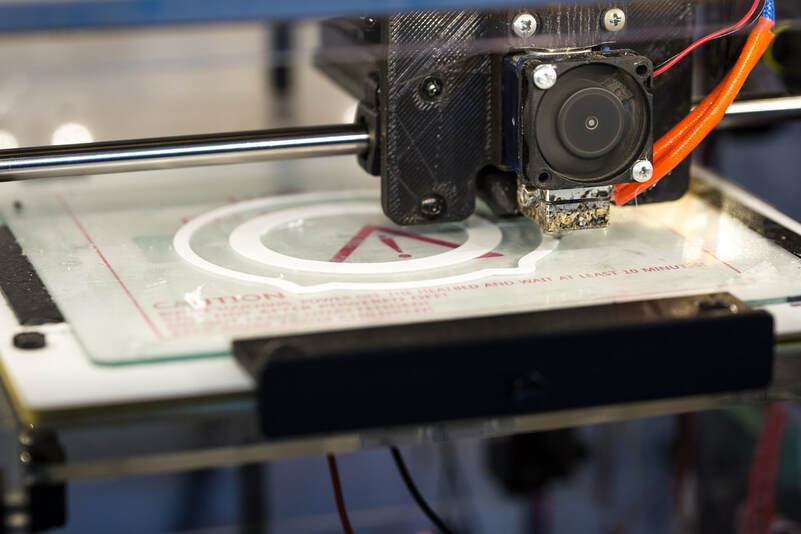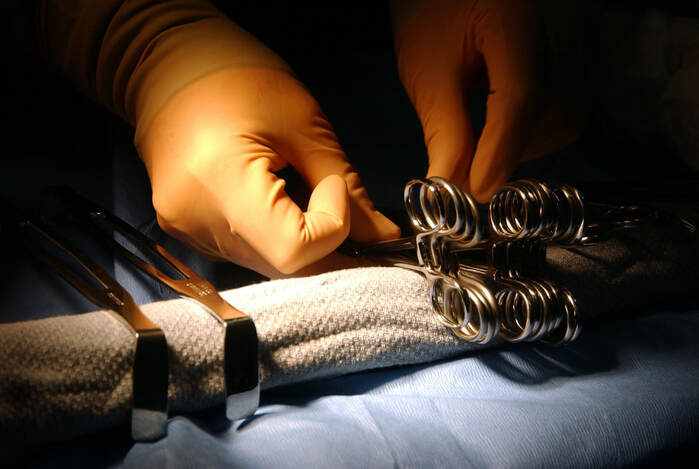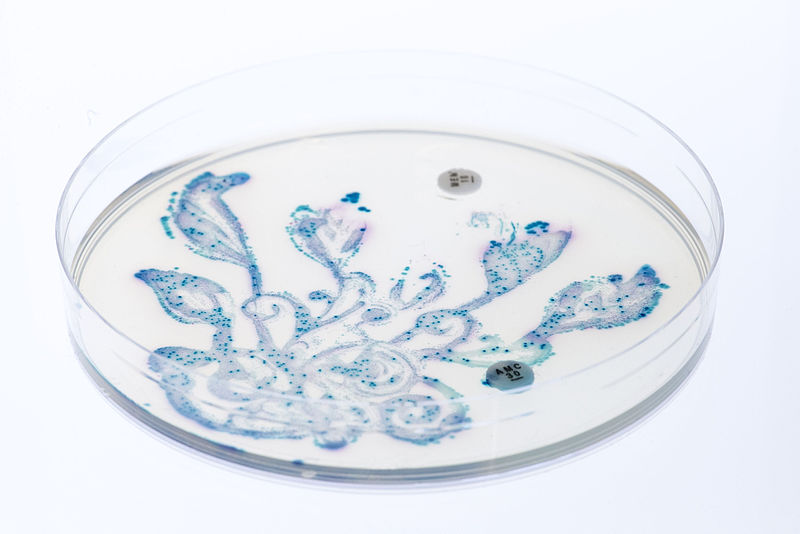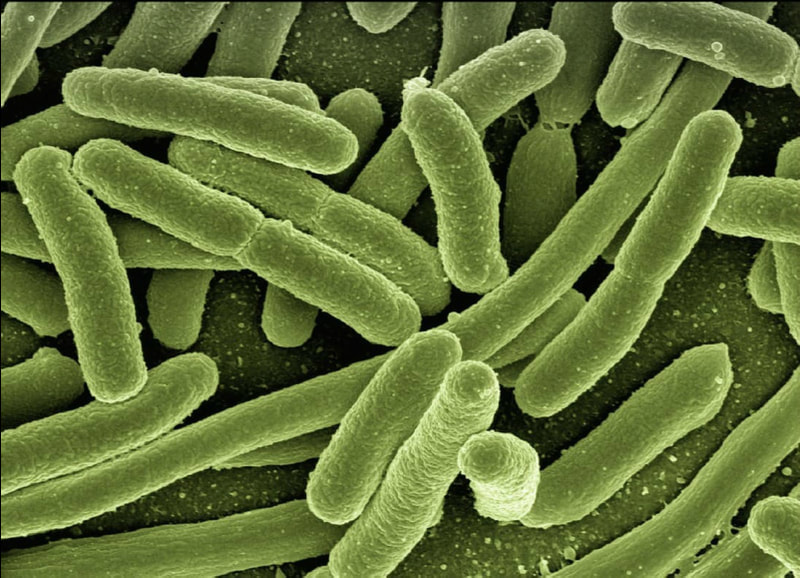Engineering the 3D Future of Heart Disease
The cycle of life revolves around one of the most important human organs, the heart. However, according to the US Centers for Disease Control and Prevention (CDC), one in four people die from heart disease, making it the largest cause of death in the United States. The three current treatment options for heart disease include medication and surgery, with heart transplants as a last resort. This order stems from both an overall shortage of available hearts available and the requirement that they must match a patient’s blood type to lower the risk of organ rejection. Consequently, patients spend months to years waiting for a matching heart donation. As long as this organ shortage continues, heart disease will continue to be the leading cause of death in both America and abroad.
As a result, scientists are now focusing on finding ways to increase the number of hearts available for transplant. One current method in the media spotlight is the use of 3D bioprinting to craft new hearts. This process starts with the extraction of omental tissue, a fatty tissue that hangs from the stomach and stretches across the abdomen, from patients through a biopsy. In research conducted at Tel Aviv University, the cells within this tissue were reprogrammed to become iPSC’s, cells that can become any type of cell within the body. Once reprogrammed, these iPSC’s were differentiated to become either cardiomyocytes, cells composing cardiac muscle tissue, and endothelial cells, those that line the inside of blood vessels. Following this, the extracellular matrix was transformed into a hydrogel scaffolding for the printed heart, providing a structure for both iPSC-derived cell types to be printed into.
As a result, scientists are now focusing on finding ways to increase the number of hearts available for transplant. One current method in the media spotlight is the use of 3D bioprinting to craft new hearts. This process starts with the extraction of omental tissue, a fatty tissue that hangs from the stomach and stretches across the abdomen, from patients through a biopsy. In research conducted at Tel Aviv University, the cells within this tissue were reprogrammed to become iPSC’s, cells that can become any type of cell within the body. Once reprogrammed, these iPSC’s were differentiated to become either cardiomyocytes, cells composing cardiac muscle tissue, and endothelial cells, those that line the inside of blood vessels. Following this, the extracellular matrix was transformed into a hydrogel scaffolding for the printed heart, providing a structure for both iPSC-derived cell types to be printed into.
Image Source: 12019
Through this procedure, researchers were able to successfully generate thick, vascularized, and perfusable cardiac patches that structurally mirrored a human heart. These patches were patient-specific, as they were derived from the patient’s own tissue, and demonstrated the ability to contract like a functional organ. Furthermore, the patient-specific nature of these cardiac patches also reduced the likelihood of transplant rejection as the body would not recognize these patches as foreign material. This success represents the first time that scientists were able to print small-scale whole hearts that included major blood vessels.
This research shows the massive leaps that have been made in the innovation of 3D bioprinting as an innovative treatment for organ-specific diseases. With this in mind, future research will focus on producing fully-vascularized tissues that take us closer to 3D printing a full-scale human heart. The current shortage of donated organs, specifically hearts, forces many patients to wait years for a transplant, all the while putting their own health further in jeopardy. The future ability to 3D print human hearts could help alleviate these current obstacles, ultimately paving the way for new and promising treatment options for heart disease and beyond.
This research shows the massive leaps that have been made in the innovation of 3D bioprinting as an innovative treatment for organ-specific diseases. With this in mind, future research will focus on producing fully-vascularized tissues that take us closer to 3D printing a full-scale human heart. The current shortage of donated organs, specifically hearts, forces many patients to wait years for a transplant, all the while putting their own health further in jeopardy. The future ability to 3D print human hearts could help alleviate these current obstacles, ultimately paving the way for new and promising treatment options for heart disease and beyond.
Featured Image Source: Ippicture
RELATED ARTICLES
|
Vertical Divider
|
Vertical Divider
|
Vertical Divider
|
